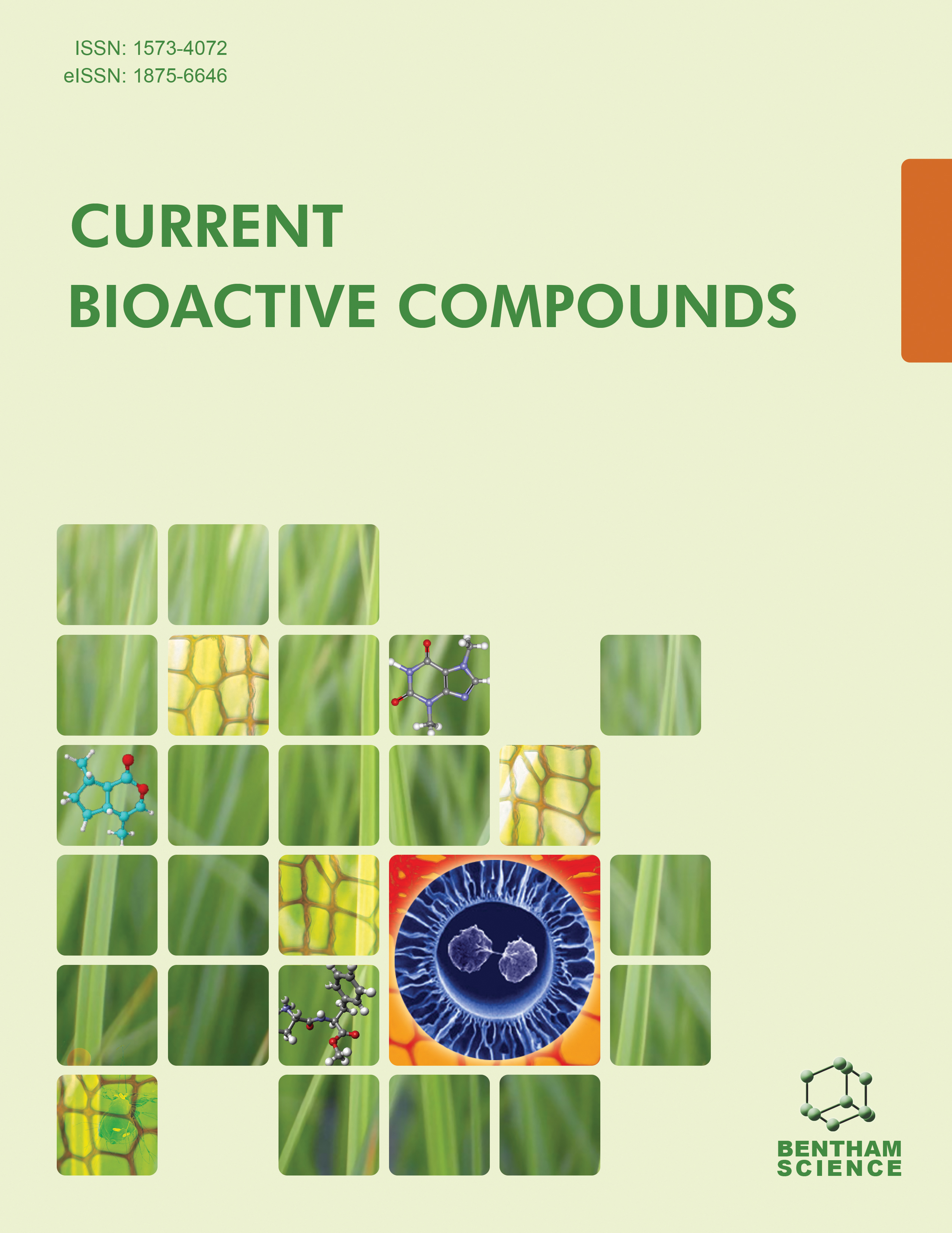
Full text loading...
Marine sources, such as phytoplankton and zooplankton from seas or oceans that correspond to various marine ecosystems, are the sources of marine pharmaceuticals. These medications have been utilized as active ingredients in cosmeceutical formulas to treat a range of skin conditions. Cosmeceuticals, or cosmetic products with an active pharmaceutical ingredient that imparts therapeutic efficacy or has benefits similar to those of medicine for skin health, are characterized as cosmetics plus medicines. Algae, fungi, sea cucumbers, seaweed, corals, prawns, and other marine organisms can all produce medicinal components that effectively treat wrinkles, blemishes, aging, hyperpigmentation, and oxidation. Because these medications and sources are natural, they have few or no negative effects on the skin. The skin is the site of action for the topical distribution of marine medicines and cosmeceuticals to treat this condition. This study investigates a viable nano-delivery method for marine medications in cosmetics, providing long-term and practical means of improving skin health and treating dermatological issues. The focus of this review is on marine medications, their chemical components, cosmeceutical usage, and the pathophysiology of various dermatological conditions. Additionally, raw ingredients used as excipients in cosmeceutical formulations can be sourced from marine species. Because of massive industrialization, unsustainability has become a major research topic. Marine chemicals, on the other hand, are highly eco-friendly and sustainable. A thorough analysis of the literature in this area focuses on the effects of different marine chemicals on the skin, as well as on the physicochemical parameters and post-formulation evaluations. As far as current research and prospects go, the cosmetics and cosmeceuticals sector is a better fit for marine pharmaceuticals when treating skin conditions.

Article metrics loading...

Full text loading...
References


Data & Media loading...

